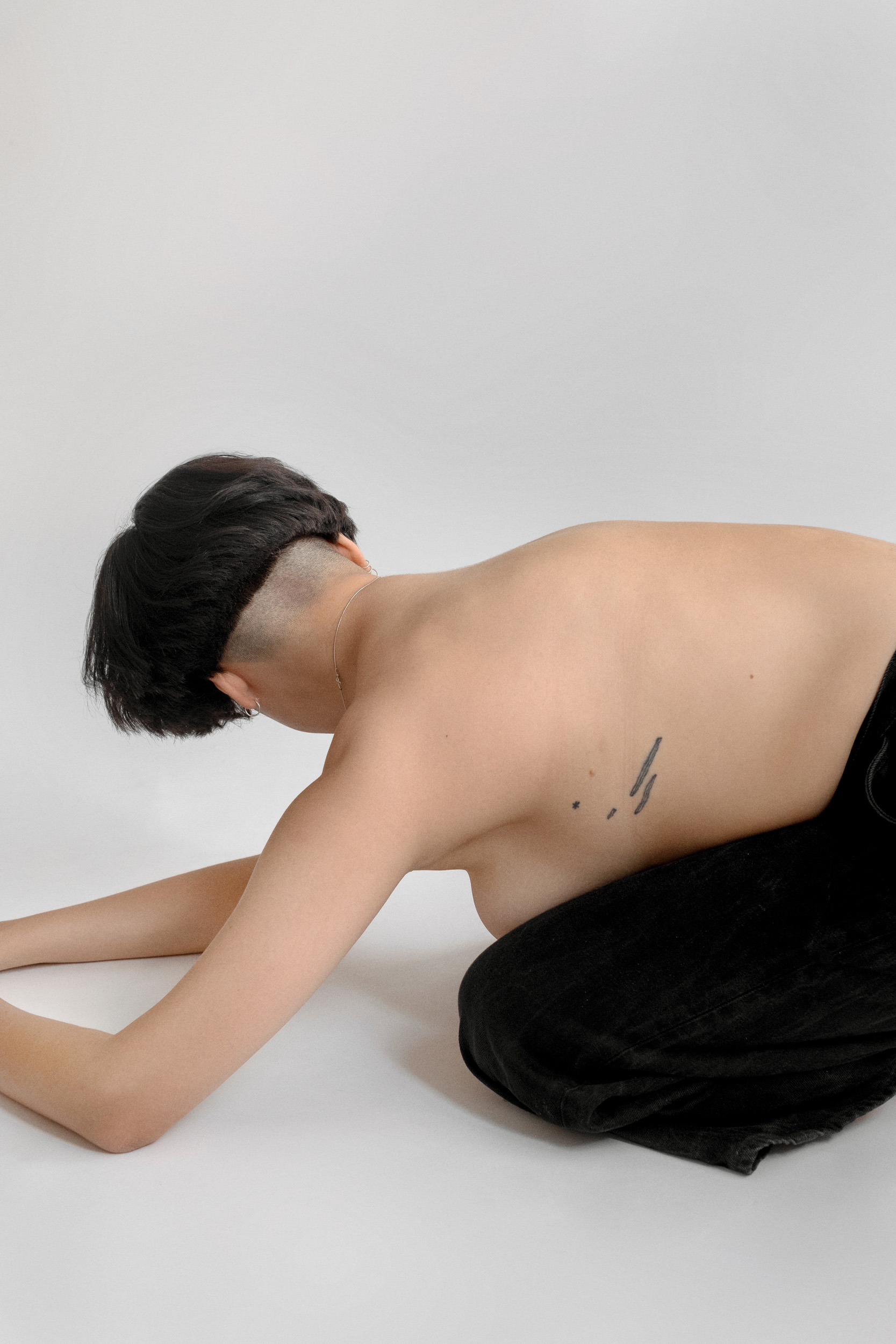
Artist

Marija Mandić
White Bee
Five nominated artists navigate personal and collective histories through photography, sculpture, installation and moving image. Across their works, the past become a space of active construction — where childhood, lineage, relationships, and technology collide in a process of re-imagination. In 'Familiar characters' Igor Schiller revisits his childhood memories, both as a host and a visitor, balancing nostalgia with the uncanny. As he reimagines the past, his playful photographic series triggers deeper explorations of identity and belonging. Similarly, Marija Mandić in 'White Bee' excavates lost histories, tracing a matrilineal presence that has been systematically erased. With her project she delves into themes of memory, female identity, and family connections, shaped through lingering intergenerational bonds. The intimate structures of relationships are further questioned in 'TWO', a project by Sara Perović which dismantles conventional notions of love, partnership, and permanence. Through a personal photographic archive, the artist redefines "two" as a shifting, fluid equation. Fluidity and notion of transformation extend into material itself in Sara Rman's body of work titled 'In process'. By intervening in photographic surfaces with fire, light, and decay, the artist exposes the unseen textures of image-making, embracing imperfection and change. Finally, in 'Terminal Tears / The Feminine Urge to…' by Laureta Hajrullahu, identity is not only remembered but actively reconstructed through interaction with technological devices. Screenshots, digital artifacts, and cast objects become tools for dismantling archetypes, questioning how the internet and media shape our perception of selfhood.
Organ Vida's 2025 nominations were curated by:
Organ Vida (curatorial collective)
Barbara Gregov
Lovro Japundžić
Lea Vene
Tena Starčević, curator
Vanja Žunić, curator
Hana Čeferin, curator and publisher
























Faces%252520of%252520Predictions_003.jpeg)






